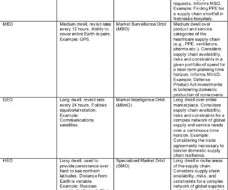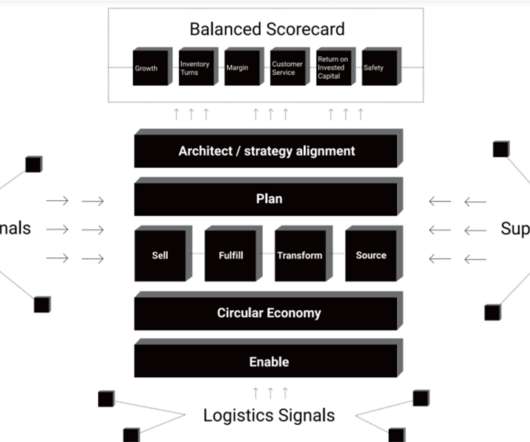2020 Requires Big Wings and Feet
Supply Chain Shaman
OCTOBER 8, 2019
Ironically, inventory levels today are higher than they were in 2007; yet customer service levels issues abound. Most can only measure functional costs—transportation, manufacturing, and procurement. The two primary buffers in the supply chain are manufacturing capacity and inventory. The reason why? The answer is simple.















Let's personalize your content